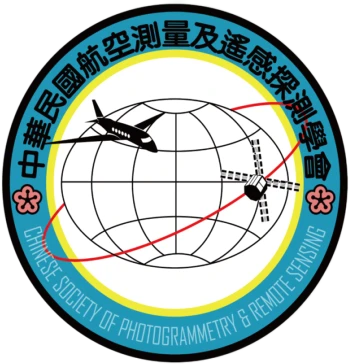Three dimensional building models are the indispensable component in the cyber city. This investigation integrates 2-D maps, LIDAR data, and aerial images for building modeling. This research handles flat, gable, and cambered roofs. Vector maps are used to locate the building boundaries in this research. Since a cambered roof does not have significant features in the image space, we use the LIDAR point clouds to model it. Because the density of the LIDAR point clouds might not be sufficient to reconstruct the internal facets of buildings, we employ aerial images. In the first step, the data preprocessing encloses the polylines of the maps then extract the point clouds that belong to a building. After filtering the point clouds, we fit the data by different surface functions. Through the roof hypothesis by employing point clouds, the camber roofs are parameterized. For non-camber roofs, the ridges of gable roofs will be intercepted by the two inclined planes. The step-edges of flat roofs are obtained by combining point clouds and image features. Then the lines are projected to the object space by ray-tracing. Finally, we shape the models by SMS method. The test site is in the Industrial Technology Research Institute of Hsin-chu. The vector maps are with a scale of 1:1,000. The point density of LIDAR data is 1.5 points/m2, and the spatial resolution of aerial image is 0.12 m. The result indicates the successful rate is 80% in building classification while the fully reconstruction rate is 85%. The RMSE of building boundaries are 0.51 m and 0.41 m in X and Y directions, respectively. The shaping error is 0.19 m.

